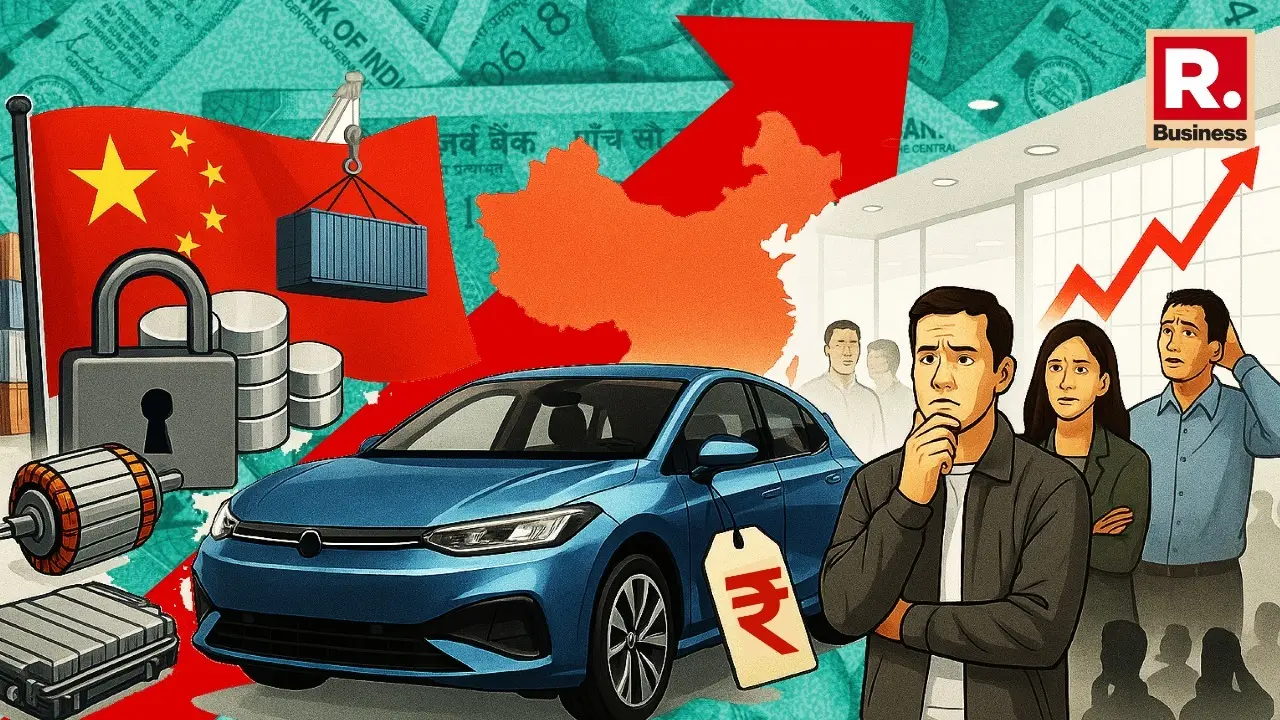Updated 6 July 2025 at 16:02 IST
What India Must Do To Tackle Rare Earth Mineral Shortages—CII President Lays Out Roadmap
The newly appointed CII president pointed out that establishing domestic production capabilities is complex and costly, especially when compared to global players who have already achieved economies of scale. According to him, regulatory hurdles also pose challenges.
- Republic Business
- 2 min read

Collaboration between the government and industry—much like what worked in semiconductors—will be critical in reducing India’s dependence on rare-earth minerals, according to Confederation of Indian Industry (CII) President Rajiv Memani. He cautioned that there is no quick-fix solution to the challenge and stressed the need for a long-term, product-driven approach.
“This isn’t something we can solve overnight,” Memani told ANI in an exclusive interview, adding: “We need to ask—what minerals do we need? What technology is required? What kind of policy or financial support should be in place?” He called for immediate planning, despite the time-intensive nature of solutions.
He pointed out that establishing domestic production capabilities is complex and costly, especially when compared to global players who have already achieved economies of scale.
“Many countries have built integrated ecosystems where production is much cheaper. Replicating that here, right away, is not viable,” he said, underlining the importance of government support through policy and financial backing.
According to him, regulatory hurdles also pose challenges. Memani highlighted that some rare-earth minerals are radioactive and fall under the oversight of the Department of Atomic Energy. In such cases, he urged the government to prioritise strategic partnerships with other countries.
Advertisement
Drawing from international experience, Memani cited Japan’s decade-long efforts in rare-earth development. “Even after 10 years, they’ve only managed 40% value addition,” he noted, pointing to the sector’s slow pace of growth globally.
Advertisement
He compared the situation to India’s recent success in the semiconductor space. “When the semiconductor challenge arose, the government responded with a clear policy, revised it as needed, and backed it with a ₹75,000 crore PLI scheme for four companies,” Memani said. He believes this focused and phased approach can be a model for the rare-earth sector too.
Memani is optimistic about the semiconductor industry’s path, saying that a complete ecosystem is likely to emerge in the next 7–8 years. “Once the ecosystem takes shape, it becomes a powerful competitive advantage,” he said, calling it a strong example of how India can build self-reliance in complex, tech-heavy sectors.
He concluded by calling for urgency in planning for rare-earth minerals. “It will take time—not six months, but several years. Still, we have to begin now,” he said, confident that India can replicate its semiconductor playbook to meet this next strategic challenge.
Published By : Avishek Banerjee
Published On: 6 July 2025 at 16:02 IST
